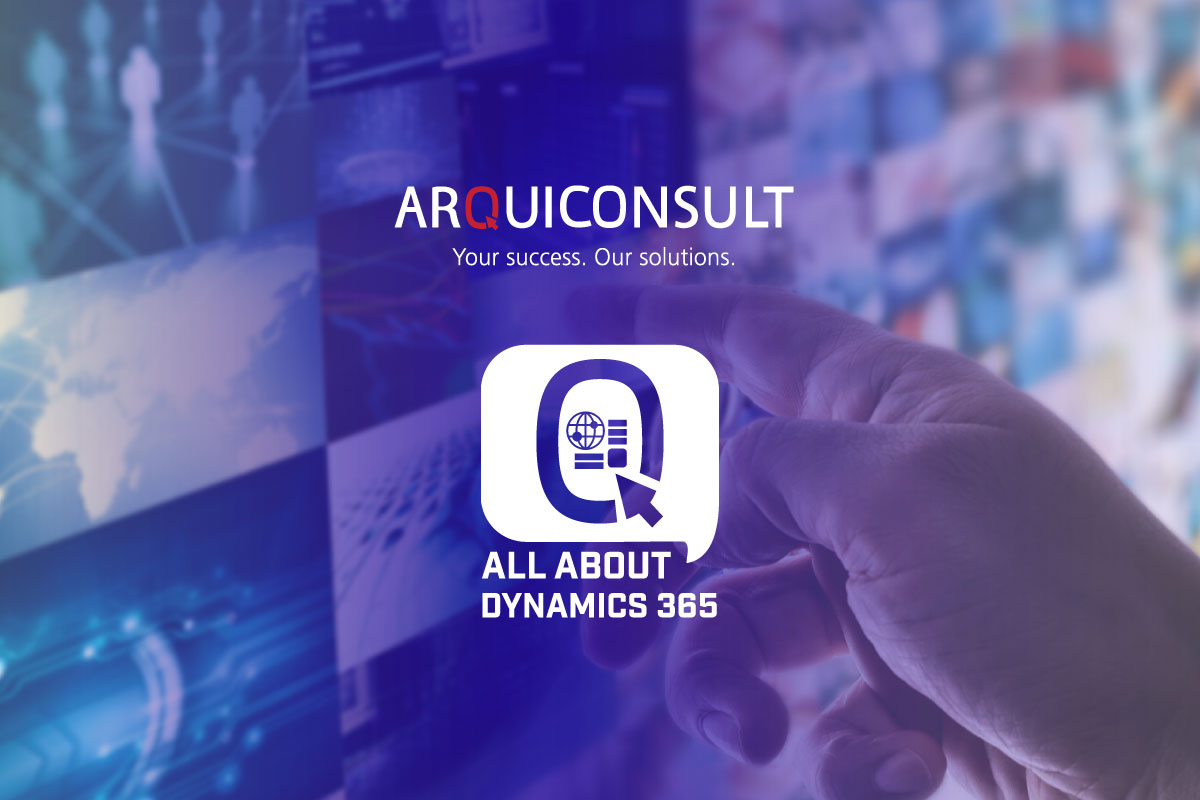No single application is able to cover all the IT needs of any organisation. That’s why connections of your ERP/CRM system with the surrounding software solutions is so important. Basically, there are two options to connect: linking the stand-alone solutions and full integration in a platform approach. For your long-term success, it is of crucial importance to pay attention to this difference. Especially when you are searching for a brand new ERP or CRM solution to replace your current solution. A choice for Microsoft will secure the best possible integration for your organisation.
In today’s world it is impossible to cover all the IT needs of any organisation with just one application. And that of course makes sense since accounting is completely different from productivity, reporting or customer relationship. Historically, many companies acquired solutions with a kind of ‘stand-alone’ mindset. When selecting a new tool, the focus was on the required functions and features of that particular domain. And much less on the integration with the other ‘domain solutions’. With a poor connectivity as a logical consequence.
Here’s an example. Due to the dominant market position, any provider of an ERP/CRM system offers some kind of connection with Office 365. Or Microsoft 365, as the new name is now. The crucial question is at what level of integration? Is it a bridge between two islands? With one-way or two-sided information exchange? In a batch process or real-time?
Microsoft decided a few years ago to move away from her huge collection of more or less stand-alone solutions. The company created a roadmap to really integrate these solutions into an ‘intelligent cloud platform’. To facilitate this process and secure long-term continuity, the company decided to also integrate her various development teams. The result is that today’s integration between Dynamics 365 ERP/CRM and Office 365/Dynamics 365 is realized all the way from the drawing board stage. And that is what we call ‘full integration’.
The advantage for existing and new Microsoft customers is an integration on a much deeper level. Think about operating Dynamics 365 functions straight from Outlook without leaving Outlook. And compare that with the connection between Office 365/Dynamics 365 and any non-Microsoft ERP/CRM solution that often is not much more than linking two stand-alone solutions.
Conclusion: if you are selecting your next software upgrade or new ERP/CRM solution, it makes sense to also include integration aspects in your research. And to be aware of the differences between generic linking and full integration.
The intelligent Microsoft cloud platform offers you the possibility to create your own ‘company platform’ based on full integration. Contact us today if you want to learn more.

